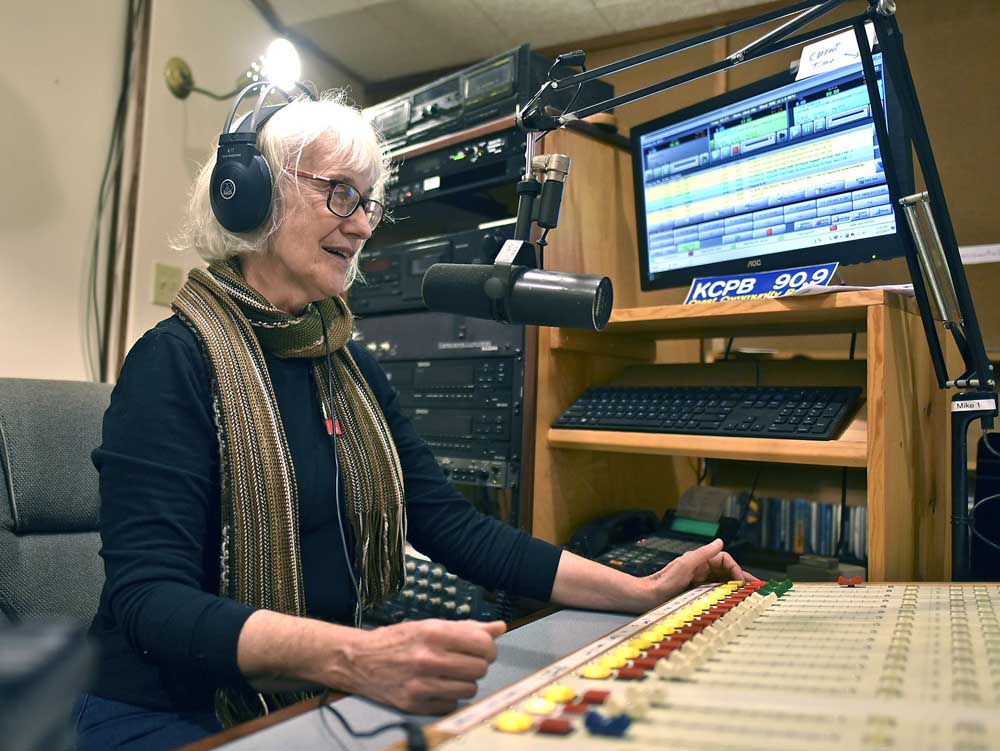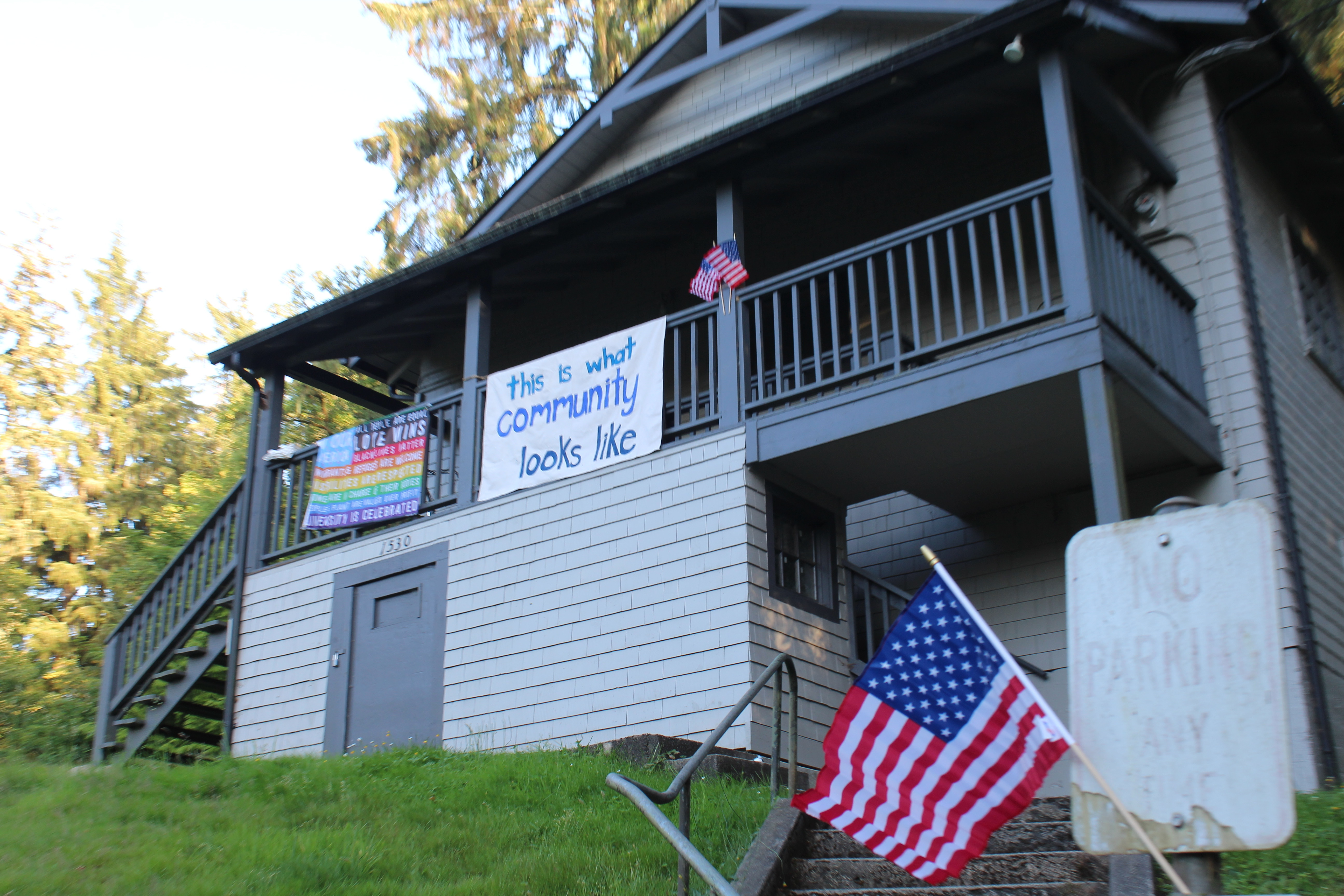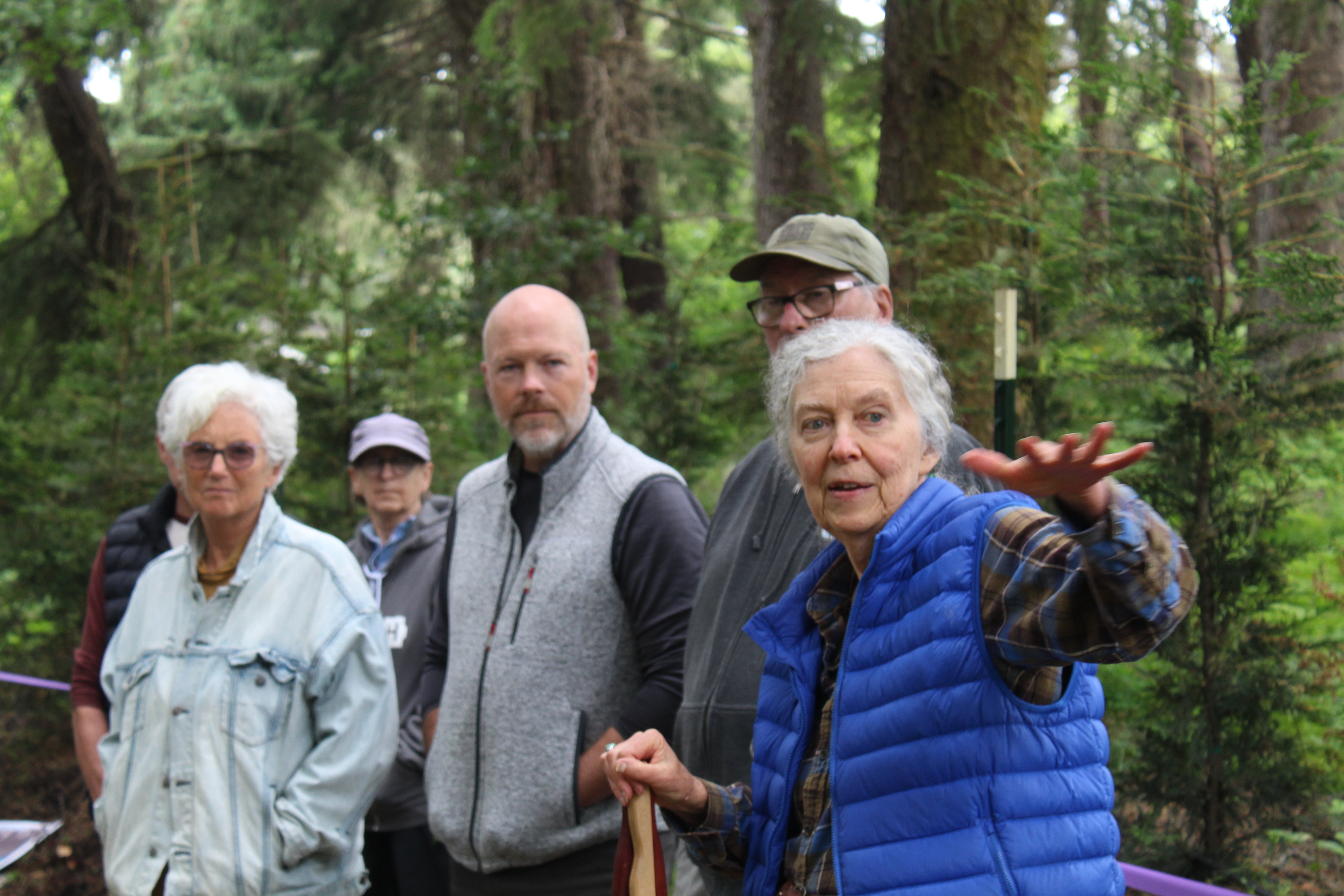Seaside’s vacation rental home rules may change
Published 5:00 pm Tuesday, September 15, 2009
SEASIDE – A city ordinance covering vacation home rentals may undergo several changes – from how rental permits are approved to how many guests can occupy a house and how many cars can park there.
Trending
Planning commissioners met with three owners of local vacation home rental agencies Tuesday night to discuss changes being considered by the city. The meeting was the first of several that will occur over the next several months before any final decision is made.
The major suggested changes include:
? Parking: The current ordinance requires one off-street parking space per bedroom. A proposed changed would have required off-street parking for every group of three occupants over the age of 3. Participants, however, decided that proposal was too cumbersome and decided, for now, to keep the current standard.
Trending
However, the discussion on parking focused on problems that occur when guests renting larger homes bring several cars and park them on residential streets. Mark Tolan, owner of Seaside Vacation Homes, said he tells guests they need to park in a public parking lot instead of the street.
“If we don’t have the right number of cars for the occupants, we’re going to have complaints,” Tolan said. “We deal with parking all the time.”
? Number of occupants: Homes are currently limited to a maximum occupancy of three persons over the age of 3 per bedroom. The proposed change would limit occupancy to a maximum of 12 occupants for houses with four or more bedrooms.
However, the proposal allows the planning department to change the maximum if the owner can justify the additional occupants. Houses with fewer than four bedrooms would continue to be limited to three per bedroom over the age of 3.
Having more than 12 occupants “impacts everything,” including noise, potential damage to the home and disruption in the neighborhood, said planning commissioner Chris Hoth.
“Some people use them as businesses rather than homes,” he added.
Commission Chairman Tom Horning agreed.
“Having more than 12 visitors in a dwelling – any more is just too many,” Horning said. “What does a standard home usually have? There is no link, no tie to the neighborhood. … It just becomes unmanageable.”
Planning Commissioner Bill Carpenter questioned how the city could prevent property owners from “chopping up” houses to create more bedrooms. Tolan suggested that a limit could be placed on the size of a bedroom to prevent that from happening.
Tolan and Erin Barker, owner of Beachhouse Rentals, argued that larger homes with enough room for parking should be allowed to have more than 12 guests.
“We may have a different sense of where we want neighborhoods to go,” Tolan said. “I would like to see us improve neighborhoods with larger, nicer homes. Larger parties are good – good for local businesses, good for the city.”
Revenue sourceTolan noted that the vacation home rental business represents 11 percent of the city’s tax revenue, and that lodging taxes are down by about 5 percent.
But Horning countered that having large houses wasn’t good for the city.
“The city is residences,” he said. Large houses means having “a community of people who can’t afford to live in town.”
Sharon Rauwolf, owner of Oceanside Vacation Rentals, told the commission that the proposed formula would work “as long as there’s a possibility that leads to some homes being open for more occupants.”
? Local responsible party: The new rule would require out-of-town owners to notify the city and immediate neighbors with the name and phone number of a responsible party to contact regarding problems.
Carpenter said that often the “responsible party” designation “bounces from neighbor to neighbor” and no one knows whom to contact.
? Permit applications: The existing ordinance says that, within medium and high density residential zones, a property can receive a rental permit without planning commission review if not more than 20 percent of the properties within 100 feet are also vacation rentals.
The proposed change says that a planning commission review must occur if “more than 80 percent of the properties” within 100 feet are not rentals.
After a lengthy discussion, the proposal was changed to require all applicants to appear before the planning commission, no matter how many rentals were in the neighborhood.
“I don’t want any limits or lotteries placed on rental homes,” said Hoth. “They are a fact of life, a good fact of life. I don’t ever want to get into the issue where we can have only so many, then go into a lottery. But I think people need to have a voice.”
Rauwolf agreed. “I think that’s part of the frustration,” she said. “Neighbors don’t think they’re being heard.”
City Planner Kevin Cupples said the city issues about 24 permits a year; most are changes in ownerships or renewals.
? Inspections: Nothing in the existing ordinance requires houses to be inspected after a permit is issued to determine if they continue to comply with regulations. The proposal would require a compliance inspection every five years before a permit is renewed.
? Complaint procedure: No procedure for neighbors to file complaints about rental houses has ever been published. The proposed change suggests neighbors call the police about immediate concerns or send a written complaint to the city planning department about code violations. The city Web site might also contain a complaint form eventually, Cupples said.
? Illegal rentals: Although the city has nuisance ordinances and other regulations governing rentals without permits, the revised ordinance would note that advertisements for unlicensed rentals would be considered illegal and owners could face fines of up to $25 for every day the advertisement appears.
Cupples also noted that owners who rent out their homes without a business license could be fined up to $700 a day and also face a $250-per-day fine for not having a rental permit. In addition, they would be required to pay transient lodging taxes.









